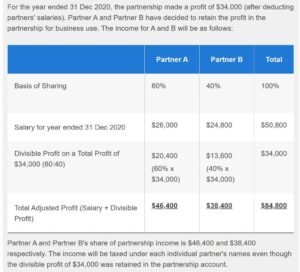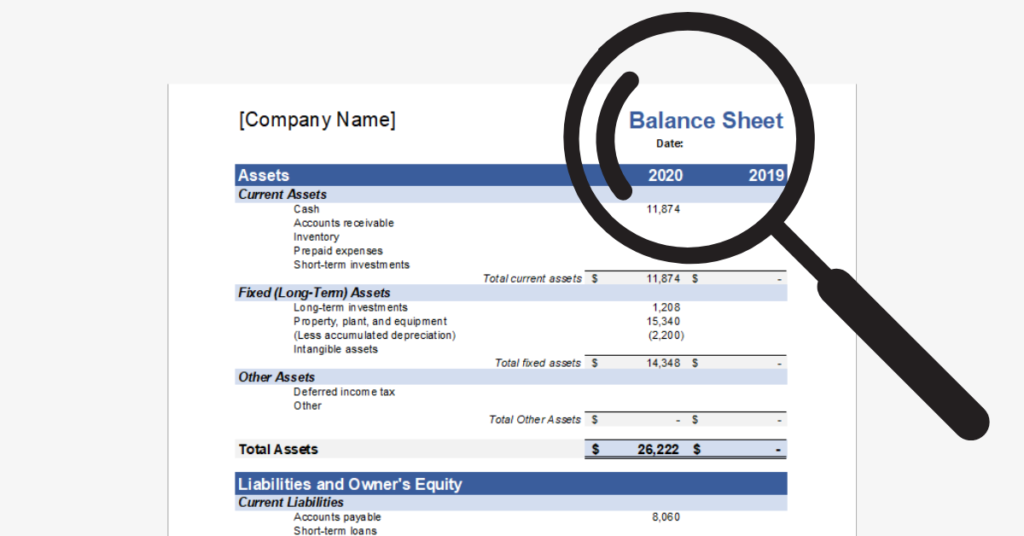Read our checklist of things to do when filing income tax for Partnerships.
Having a partner may help to lessen the load in carrying out your business operations. However, Partnerships may be presented with numerous formalities that require strict adherence.
This includes taxation—where it is not exactly the same as compared to running a solo business. It is crucial to understand your tax obligations in order to mitigate any financial consequences.
By definition, a Partnership is defined as an established legal arrangement between two or more individuals to manage a business and the sharing of profits and losses.
Although a Partnership does not pay tax, the individual partners are still considered to be self-employed entities. This means having to report their business income and pay income tax accordingly.
Filing process (Form P & B/B1)
There are two things to be filed. On the Partnership’s side, it is required by law for the precedent partner to file an annual income tax return (Form P). This will be done with the Partnership’s CorpPass details. To get a copy of Form P, simply head over to IRAS or contact the income tax hotline at 1800-356 8300.
Next, partners are required to file for their personal income tax returns under Form B/B1. This is to facilitate the reporting of their individual income tax which contains the share of profits obtained from the Partnership.
Similarly, you can find a copy of Form B/B1 on IRAS or contact the income tax hotline at 1800-356 8300. Note that submission for this will be done with your Singpass details instead.
Filing process (Statement Of Accounts)
After deciding on the stipulated accounting period (usually at the time when the Partnership is formed), the Partnership is required to prepare the Statement of Accounts to be submitted to IRAS.
Under the statement of Profit and Loss, the Partnership is only required to prepare a 4-line statement. Inside which will contain:
| First line | Revenue |
| Second line | Gross Profit |
| Third line | Allowable Business Expenses |
| Fourth line | Adjusted Profit/Loss |
*It is worthy to note that one has to submit a full statement of accounts if his/her partnership’s revenue exceeds $500,000. This means reporting the balance sheet as well.
*Limited liability partnerships (LLPs) and Limited Partnerships (LPs) are required to report their contributed capital, with the latter having to indicate their partnership status too (general/limited).
Division and reporting of Profits
Next comes the division of profits and losses. The precedent partners will first have to calculate the amount to be divided amongst the partners.
This amount will be derived after the deduction of variable expenses such as partners’ bonuses; salaries; CPF contributions; allowances; share of interest on capital and other expenses forked out.
Depending on the agreed terms and conditions agreed by the partners (such as profit & loss ratios), the precedent partners will appropriate the profits and losses accordingly and report it in form P. For reference, the act of appropriation can be seen below.

Source: IRAS
Request a free consultation with a Counto tax expert who can take care of everything to make your tax filing simple and stress-free. Talk to us.







